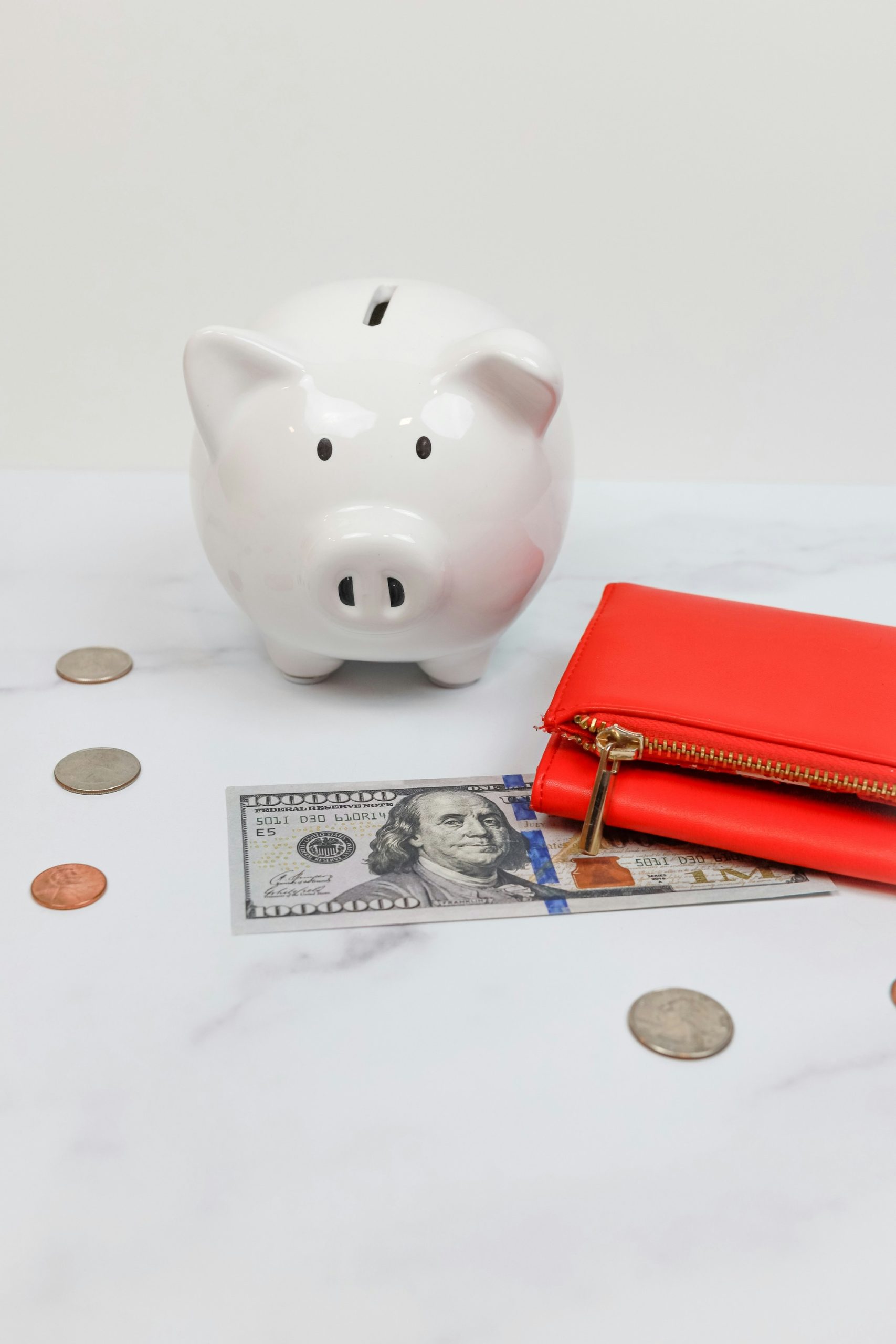We’re all told saving money is the smartest financial move you can make. And that’s mostly true. Building a savings cushion protects you from unexpected expenses, helps you plan for the future, and gives you peace of mind in uncertain times.
But what if the way you’ve been saving money is actually keeping you stuck?
That’s the part no one talks about. The truth is, some of the most praised saving methods—like rigid budgeting, extreme frugality, or hoarding cash in low-yield accounts—can quietly become financial traps. At first, they feel smart and safe. Over time, they can lead to missed opportunities, stagnant growth, or even burnout.
The good news is that once you recognize these traps, you can break out of them fast. You don’t need to abandon saving altogether. You just need a better, more flexible plan. One that supports your goals, grows with you, and makes your money work for you, not against you. Let’s take a look at how the so-called “best” ways to save became limiting—and what you can do to escape.
When Frugality Turns Into Fear
There’s a fine line between being frugal and being afraid to spend. Many people start saving by cutting back on extras, but if you find yourself feeling guilty for every small purchase or avoiding experiences you can afford, you might be stuck in a scarcity mindset.
It feels responsible in the moment. But over time, this fear-based saving behavior can sabotage your happiness and stop you from investing in things that actually improve your life. The escape isn’t about spending wildly—it’s about allowing space for intentional spending that aligns with your values.
Saving While Ignoring High-Interest Debt
You might think saving money while carrying debt is just being extra responsible. But if you’re earning one percent interest in a savings account while your credit card is charging you twenty percent, you’re losing money by the minute.
The real trap here is believing you’re making progress because your savings balance is going up, even as your debt quietly grows faster. The way out? Balance your strategy by tackling high-interest debt first while keeping a minimal emergency fund. Then, grow your savings once your financial foundation is more solid.
Keeping All Your Cash in Low-Yield Accounts
If your savings are sitting in a traditional bank account earning next to nothing, you’re not just missing out. You’re falling behind. With inflation rising, your money’s actual value shrinks every year it just sits there.
At one point, this method was smart. But in today’s financial climate, there are better options. High-yield savings accounts, CDs, or short-term treasury bills can offer more interest without major risk. You don’t have to become an investor overnight. You just need your money to stop standing still.

The Emergency Fund That Becomes a Do-Not-Touch Vault
Having an emergency fund is non-negotiable. But some savers get so attached to the number in that account that they refuse to touch it even when a real emergency happens.
It’s not just a savings trap. It’s a psychological one. You’re defeating its entire purpose if you’d rather go into credit card debt than “ruin” your perfect emergency fund. The fix? Rename your accounts with their purpose clearly labeled, and remind yourself that spending from savings isn’t a failure. It’s following the plan.
Budgeting So Rigidly That Life Stops Feeling Worth Living
Some people approach budgeting like it’s a competitive sport. Every dollar gets assigned, tracked, and squeezed. At first, it feels powerful. But after a while, it starts to feel like punishment.
You stop going out. You avoid your favorite hobbies. You decline every invitation that might cost money. Before you know it, your life is efficient but joyless.
A healthier approach is to give your budget breathing room. Build in a “fun fund” that lets you live without anxiety. Saving shouldn’t feel like a jail sentence. If it does, it’s time to shift your strategy.
Saving Without a Clear Goal
Saving “just in case” feels noble. But money with no direction tends to get spent haphazardly. You end up with small balances in multiple accounts, none of which are actually useful when something big comes along.
The escape? Get specific. Start assigning your savings to actual goals—whether it’s a new car, a career shift, or a future vacation. Specificity adds purpose, and purpose increases your odds of staying committed.
Thinking You Can Save Your Way to Wealth
Here’s the biggest trap of all: believing that saving alone will make you wealthy. It won’t.
Yes, saving is essential. But real wealth comes from growth, not just preservation. That means investing, building assets, and creating multiple income streams. Saving is step one, but it’s not the whole staircase.
When you stay too focused on hoarding money, you might miss opportunities to let that money work for you. The solution isn’t to stop saving. It’s to start expanding your financial vision beyond the basics.
Refine Your Approach
Breaking out of a money trap doesn’t mean abandoning the habits that got you here. It just means refining your approach. Give your savings a purpose. Balance caution with confidence. Stop over-saving out of fear, and start saving with intention.
Because the best saving plan? It’s one that supports your whole life, not just your bank account.
Have you ever fallen into one of these savings traps, and how did you climb out of it?
Read More:
8 Genius Hacks to Master Best Saving Plan Without Breaking a Sweat
The Best Place to Put Savings From A Side Hustle – Savings Bonds
Riley is an Arizona native with over nine years of writing experience. From personal finance to travel to digital marketing to pop culture, she’s written about everything under the sun. When she’s not writing, she’s spending her time outside, reading, or cuddling with her two corgis.
Read the full article here














